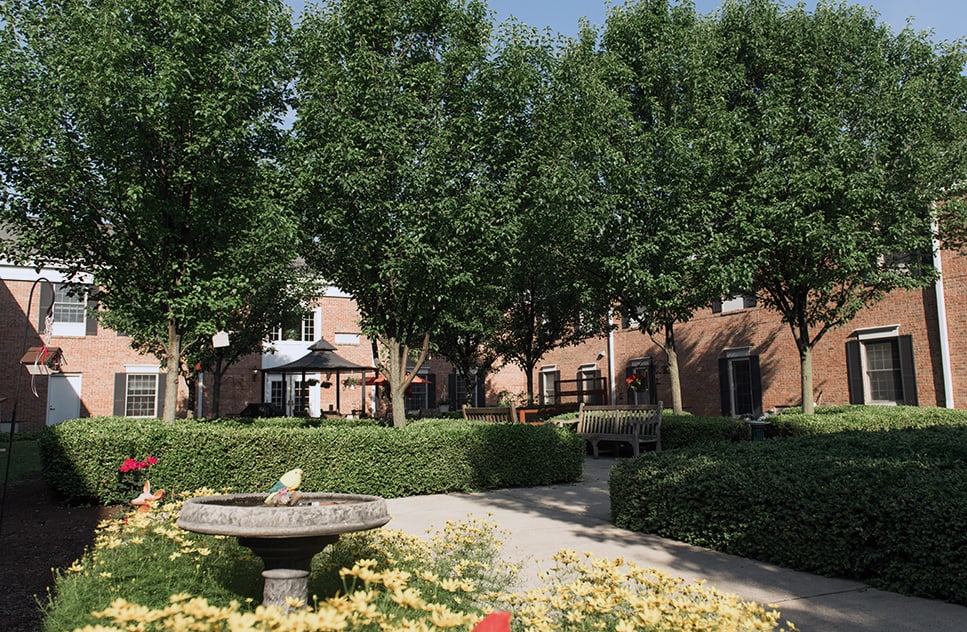Understanding the various care options available is essential when it comes to ensuring the well-being of our loved ones. Among the most important decisions to make are choosing between hospice and respite care.
While these two types of care might seem similar, they serve very different purposes and cater to distinct needs.
Hospice and respite care both aim to provide support and relief, but their focus, duration, and services differ.
Why Knowing the Difference Matters
Choosing the right type of care can significantly impact the quality of life for both patients and caregivers. Understanding what characterizes hospice and respite care helps families make informed decisions. It also allows one to match their loved one’s needs with the services provided, ensuring comfort and support during critical times.
What is Hospice Care?
Definition & Purpose
Hospice care is a specialized form of care designed for people who are nearing the end of their lives. It focuses on providing comfort rather than curative treatment.
The primary goal is to improve the quality of life for patients with terminal illnesses by managing pain and other symptoms.
Eligibility & When It’s Needed
Eligibility for hospice care typically requires a doctor’s certification that a patient has a life expectancy of six months or less if the illness runs its natural course.
It’s often chosen when curative treatments are no longer effective or when patients opt to focus on comfort rather than aggressive interventions.
Services Provided in Hospice Care
Hospice care includes a range of services tailored to the patient’s needs. These services often encompass pain management, emotional support, spiritual care, and assistance with daily activities.
Additionally, hospice care extends support to family members, helping them cope with the emotional challenges of end-of-life care.
What is Respite Care?
Definition & Purpose
Respite care offers temporary relief for primary caregivers, allowing them to take a break from their caregiving responsibilities. It ensures that the patient continues to receive care while the caregiver rests and recharges.
Eligibility & When It’s Needed
Respite care is valuable for caregivers who need time off to attend to personal matters, manage stress, or simply rest. It can be arranged for various durations, from a few hours to several days, depending on the caregiver’s needs.
Services Provided in Respite Care
Respite care offers a range of services to ensure the patient’s needs are met in the caregiver’s absence. This can include personal care, medical care, companionship, and even recreational activities to keep the patient engaged and comfortable.
Key Differences Between Hospice and Respite Care

Duration and Timing of Care
One of the primary differences between hospice and respite care is the duration. Hospice care is an ongoing service provided until the end of life, whereas respite care is temporary and designed to give caregivers a short-term break.
Focus and Goals of Care
Hospice care focuses on comfort and quality of life for terminally ill patients. In contrast, respite care aims to relieve caregiver fatigue by providing temporary support, ensuring the patient remains well cared for in the interim.
Care Settings and Environments
Hospice care can be provided at home, in hospice centers, or in hospitals, depending on the patient’s needs and family preferences. Respite care, on the other hand, can be offered in the patient’s home, at specialized respite care facilities, or in senior living communities.
Who Provides the Care
Hospice care is delivered by a multidisciplinary team, including doctors, nurses, social workers, chaplains, and trained volunteers. Respite care may be provided by professional caregivers, home health aides, or volunteers, depending on the arrangement.
Choosing the Right Care Option
Assessing Your Loved One’s Needs
When deciding between hospice and respite care, it’s important to assess the specific needs of your loved one. Consider their medical condition, level of independence, and overall well-being.
Considering Family & Caregiver Needs
The needs of the primary caregiver are also important. If the caregiver is experiencing burnout, respite care might be the best option to ensure they can continue providing high-quality care in the long run.
Consulting with Healthcare Professionals
Seeking advice from healthcare professionals can provide valuable insights into which type of care is most appropriate. Doctors, nurses, and social workers can offer guidance based on their expertise and your loved one’s unique situation.
Common Misconceptions
Clearing Up Myths About Hospice Care
There are many misconceptions about hospice care, such as the belief that it hastens death or that it’s only for people with cancer. In reality, hospice care is about providing comfort and dignity, and it’s available for patients with various terminal illnesses.
Understanding the Realities of Respite Care
Some believe that using respite care means they’re neglecting their loved ones. However, taking breaks is essential for caregivers to maintain their health and continue providing effective care.
Get More Information & Support
For personalized guidance and support, consider reaching out to Kingston Residence of Perrysburg. We can offer additional insights and help you navigate the complexities of caregiving decisions.
Both hospice and respite care play vital roles in supporting patients and their families. By understanding their differences and similarities, you can make the best decision that will enhance the quality of life for your loved ones.






